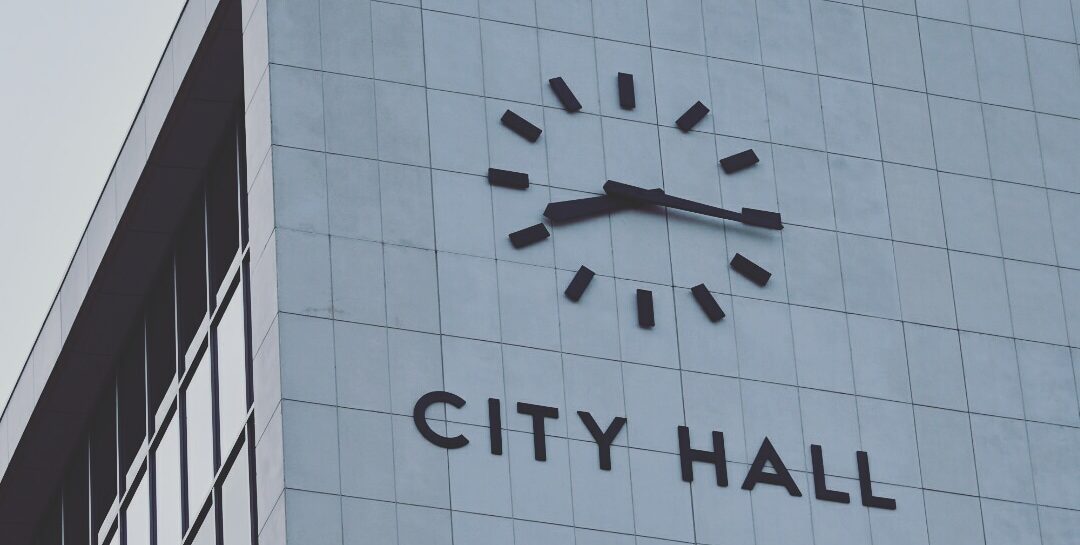The City of Hamilton’s operations fleet of 1,395 vehicles use 3.7-million litres of fuel and generate 9,400 metric tonnes of carbon dioxide equivalent each year.
The City’s new Green Fleet Strategy, being presented to Council Monday, says the City needs to convert to electronic vehicles to respond to the climate change emergency. In the interim, the City should adopt biodiesel and other alternative fuels to decrease greenhouse gas emissions.
City staff recommend purchasing 89 light duty electric vehicles over the next four years, and expanding the number of charging stations in City fleet yards to prepare for phasing-in of electric vehicles.
The strategy states the City should attempt to purchase electric vehicles whenever feasible during routine fleet renewal during the next eight years.
Switching to electric battery vehicles will decrease 3,000 metric tonnes of emissions if the City converts its only passenger vehicles [HSR buses are a separate fleet], 3,800 metric tonnes if pickups are also converted. Once better battery powered options become available for the medium and heavy-duty vehicles (such as garbage trucks and plows), conversion will decrease emissions by 8,500 metric tonnes.
Fuel-savings, and emission reductions, can be achieved by decreasing the weight of the City’s heavy vehicles by replacing steel trailers and dump boxes with aluminum models.
Installing low-rolling resistance tires to achieve a 5% reduction in rolling resistance “would improve fuel economy by approximately 1.5% for light and heavy-duty vehicles”.
“In Class 8 trucks, approximately one-third of fuel efficiency comes from the rolling resistance of the tire. The opportunity for fuel savings from low rolling resistance tires in these and other vehicle applications is substantial”, the report states.
Many municipalities are already using biodiesel blends, the Green Fleet Strategy says the City can reduce it fleet greenhouse gas emissions by 10-12% by using a 20% biofuel blend during summer months and a 5% blend during the winter with “no cost increase”.
The report notes the City of Kelowna has been using biofuels for 15 years, and 20% of their fleet uses 100% biofuel.
Electric vehicles cost more to purchase and less to operate. There are also federal incentive programs to offset the cost of installing electric charging stations.
In addition to charging stations, the City’s yards will need backup generator systems to ensure the City can continue to operate its fleet during an emergency. (During the 2003 blackout, private fueling trucks were diverted to Hamilton Airport where they were placed on standby for supplying essential services if power was not restored)
The initial 89 vehicle purchase will be done using reserve funds, staff will need to come forth before the 2022 budget process with detailed costing for ongoing fleet replacement and renewal.

